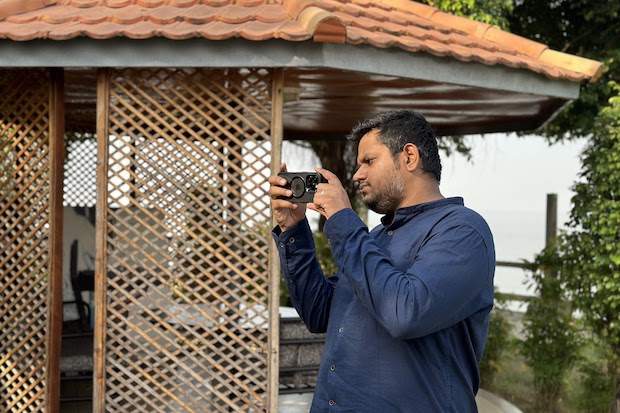Summer 2023 was the hottest summer on record, according to NASA. And another summer of extreme heat is on the horizon. There’s no denying that we’re feeling the impacts of climate change more and more every year.
It is journalists’ job to inform the public about what’s happening to our planet. But that can be hard to do when there isn’t enough free footage journalists can use to document our changing climate.
We know from personal experience and from our landscape analysis that there is a huge gap in the kind of Creative Commons footage available from countries across Asia, Africa and Latin America, compared to footage from the US or Europe.
That’s why we’re delighted to announce InOldNews' partnership with Internews’ Earth Journalism Network and The Swedish International Development Cooperation Agency (Sida) that aims to address that gap with footage from countries in the Asia Pacific region and beyond.

Over the next few months, we’ll be building a library of free footage from across the world that will document the impacts of and solutions to climate change. This can include (but will not be limited to!) footage of sea level rise, glacier lakes, impacts of extreme weather, mangroves, renewable energy, polluting industries, reforestation and more.
In this round, we will commission the recording and publishing of unedited video clips under Creative Commons licenses from journalists in over 10 countries. The footage library we will create under this project will empower local newsrooms to make videos about climate issues. This is especially important because many newsrooms can’t afford wire service subscriptions or travel budgets, while their younger audiences are increasingly getting their news and information in video formats.
Journalists interested in working with us on this can apply here
You can also read more about our project in the coverage by Journalism.Co.UK

FAQs
Who is eligible?
This opportunity is open to all journalists. We will select at least 10 journalists for this project. While preference will be given for footage from the Asia Pacific region, we are open to pitches from other parts of the world as well.
InOldNews uses English as the primary language of communication, but journalists comfortable with communicating through tools like Google Translate are welcome to apply. The team is also able to communicate in Bangla, Hindi, Telugu, French or Spanish.
What is the deadline and project timeline?
The deadline for this round of applications is Tuesday, April 30th 2024. Selected journalists will hear from us in the first week of May. They will then have until the 30th of July to record and send their footage and other materials.
What is the budget?
Journalists will be able to request between USD 500-1000, depending on the resources they would need for the shoot and the number of varied clips they will produce.
What does publishing under a Creative Commons license mean?
Creative Commons licenses are a set of licenses that grant certain types of usage rights for creative work. Under this project, approved footage will be published under a CC By license. This means that anyone who uses this footage will have to attribute the source, but there aren’t other restrictions. Users can modify and adapt the footage in order to make their own video stories.
What are the project deliverables?
Selected journalists will be tasked with documenting the impact of and solutions to climate change through 20 distinct clips. Preference will be given to journalists who indicate that they will be able to document a wide variety of shots and relevant context.
Each clip will have to be 15-20 seconds long.
Each clip should be an uncut shot of a frame that illustrates the problem or solution related to climate change you are trying to communicate.
We need at least 25 distinct clips (that get final approval from us). They can all be about the same topic from the same location or as many topics/locations as you'd like.
In order to get approved, the shot will have to be still/stable, have good exposure and focus, and be at least 1080p with at least 8-bit depth.
Is previous video experience required?
We are open to receiving applications from journalists who don’t have video experience. But we will need to see some video recording samples, even if it’s shot on a phone. So instead of published links, journalists can send some samples of video recordings around their locality.
And if you have never been part of a video project before, please consider watching this course before you apply: openj.net/courses/environmentmojo
How do I get in touch if I have more questions?
You can reach us at editor[at]inoldnews[dot]com

![Climate change footage library [Applications closed]](/content/images/size/w1200/2024/04/project-c5.png)

